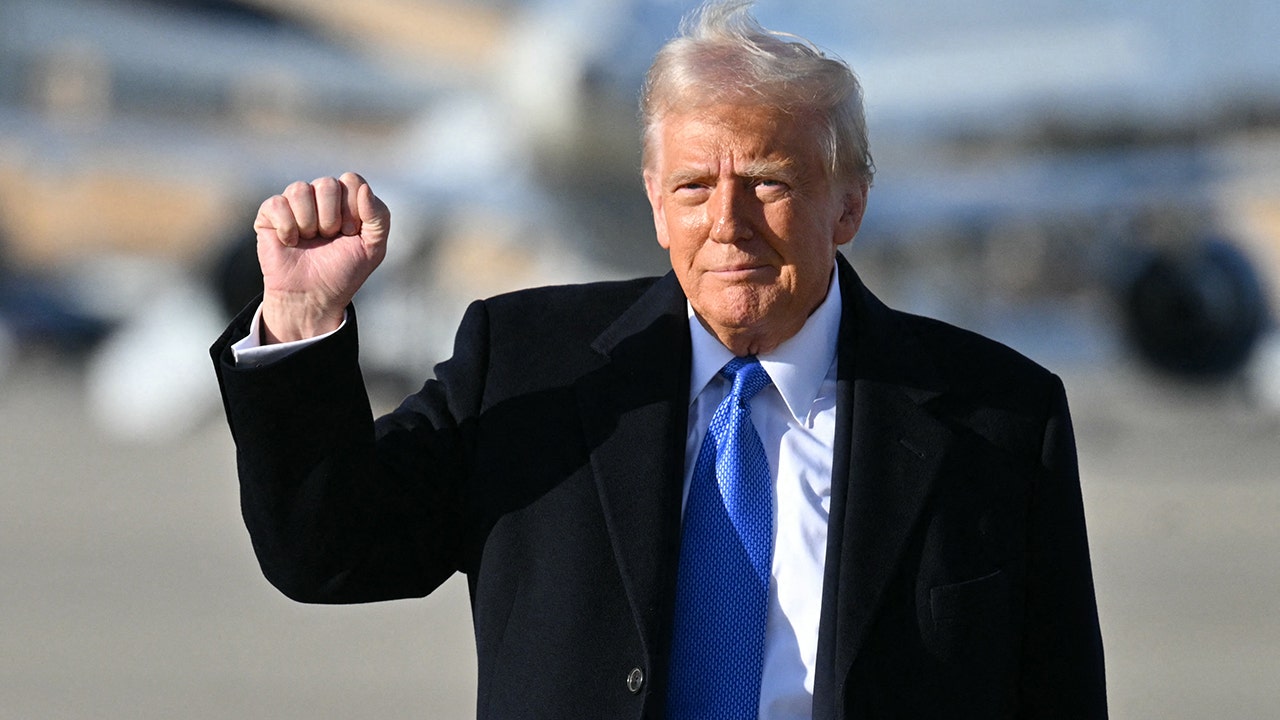The trade policies of former President Donald Trump, particularly the imposition of tariffs on imported goods, remain one of the most controversial and discussed aspects of his economic strategy. While the objective was to bolster American manufacturing and reduce the trade deficit, the reality of Trump’s tariff strategy has raised numerous questions about its long-term effectiveness and consequences. This article aims to unpack the mechanics of tariffs, analyze who bears the costs, and explore the broader implications of these policies on prices, consumers, and the global economy.
The Basics of Tariffs: What Are They and How Do They Work?
At their core, tariffs are taxes imposed on imported goods, designed to make foreign products more expensive compared to domestic alternatives. The idea behind tariffs is simple: by raising the price of imported goods, consumers will be encouraged to buy domestically produced items, thus supporting local industries and jobs. In theory, tariffs are intended to create a level playing field between domestic producers and foreign competitors.
However, the actual mechanics of tariffs can be more complex. When a government imposes a tariff on imported goods, the exporting country typically bears some of the burden in terms of lost sales, while the importing country might experience higher costs on the goods it consumes. Ultimately, the consumer is often the one who feels the effects directly, as companies pass on the increased costs to them in the form of higher prices.
The Trump Tariff Strategy: Goals and Initial Impact
Under the Trump administration, tariffs were introduced as a key component of his “America First” economic strategy. Aimed primarily at China, the trade war escalated as Trump imposed tariffs on billions of dollars’ worth of Chinese goods, including electronics, machinery, and consumer products. The overarching goal was to reduce the U.S. trade deficit and encourage companies to reshore manufacturing jobs to the U.S.
According to the U.S. Trade Representative, Trump’s tariffs were designed to pressure China into addressing what were seen as unfair trade practices, such as intellectual property theft, forced technology transfers, and state subsidies to Chinese industries. By imposing tariffs, Trump hoped to push China into agreeing to more favorable trade terms for the U.S. and to force a reduction in China’s global trade practices.
However, the immediate impact of these tariffs was mixed. While some U.S. manufacturers were able to take advantage of the higher costs of imported goods to boost their domestic sales, many consumers and businesses found themselves facing higher prices. This was particularly evident in industries reliant on Chinese-made goods and raw materials, such as electronics, automotive parts, and consumer goods.
Who Bears the Cost of Tariffs?
The question of who bears the cost of tariffs is a critical one. Initially, it might seem as though the foreign producers (such as Chinese exporters) would be the primary victims of tariffs, but the reality is more nuanced. Here’s a breakdown of how costs are distributed:
- Consumers: In most cases, consumers end up paying the price. As tariffs raise the cost of imported goods, businesses that rely on these imports must either absorb the additional cost (which can harm their profitability) or pass it along to consumers in the form of higher prices. This is especially true for products like electronics, apparel, and food items that are heavily reliant on imports from countries subject to tariffs.
- Domestic Producers: While some American companies may benefit from reduced competition from foreign imports, others may struggle with increased costs of raw materials or components. For instance, manufacturers that rely on steel or aluminum imports may face higher production costs, which could offset the intended benefits of the tariff policies.
- Foreign Producers: Exporters in countries targeted by U.S. tariffs, such as China, may experience reduced demand for their goods in the American market, which can hurt their economies. However, China, in particular, has attempted to offset some of the losses by diversifying its export markets and finding alternative routes for trade.
Impact on Prices: A Double-Edged Sword
One of the most immediate effects of tariffs is an increase in the price of goods. For American consumers, this means paying more for products that were previously cheaper due to the availability of foreign goods. Price increases have been observed across a wide range of sectors:
- Electronics: Tariffs on Chinese electronics have led to price hikes on items like smartphones, laptops, and home appliances. Companies like Apple, which relies heavily on Chinese manufacturing, have been particularly impacted.
- Automotive Industry: The automotive sector has also been affected by tariffs on imported steel and aluminum. U.S. car manufacturers, who rely on foreign materials, have seen increased production costs, which have sometimes been passed onto consumers in the form of higher vehicle prices.
- Everyday Goods: Everyday consumer products such as clothing, furniture, and toys have all become more expensive as tariffs on Chinese goods took effect. American consumers, particularly in the middle- and lower-income brackets, have been hit hardest by these price increases.
While tariffs were intended to create economic incentives for domestic manufacturing, many critics argue that they ultimately increase inflationary pressures, which disproportionately affect low-income consumers who spend a larger portion of their income on imported goods. According to a study by the National Bureau of Economic Research, the tariffs imposed during the trade war raised the cost of living for American households by approximately $1,200 annually in the form of higher prices for goods.
Broader Economic Implications: A Global Perspective
The Trump administration’s tariff strategy did not just affect American consumers and businesses—it also had wide-reaching effects on global trade dynamics. Many of the U.S.’s trading partners, particularly China, retaliated with their own tariffs on American goods, creating a tit-for-tat situation that disrupted global supply chains. In addition, the tariffs undermined international trade agreements, such as the World Trade Organization (WTO) rules, and created uncertainty in markets around the world.
China’s response to the tariffs was multifaceted. In addition to imposing tariffs on U.S. goods, China also sought to diversify its trade relationships with other countries and strengthen its position within the global economy through initiatives like the Belt and Road Initiative. As a result, the direct economic impact of the U.S.-China trade war on China was somewhat mitigated by its ability to adjust and find new markets.
Furthermore, the tariffs exacerbated tensions between the U.S. and its traditional allies, including Europe, Canada, and Mexico. These countries responded with their own retaliatory tariffs on U.S. exports, which impacted industries such as agriculture, aerospace, and manufacturing. The trade war thus became a global issue, affecting not only the U.S. and China but also other countries that were caught in the crossfire of escalating tariffs.
Concluding Thoughts: The Legacy of Trump’s Tariffs
The long-term impact of Trump’s tariff strategy remains a subject of debate. While tariffs were successful in some respects—such as forcing China to make certain trade concessions and increasing public awareness of the U.S. trade deficit—the economic fallout has been mixed. The increase in consumer prices, strain on global supply chains, and the potential for retaliatory tariffs have all raised concerns about the sustainability of this approach in the future.
As of today, the Biden administration has largely maintained some of the tariffs put in place by Trump, albeit with a focus on reevaluating trade relationships and seeking multilateral solutions through organizations like the WTO. However, the fundamental question remains: are tariffs an effective tool for achieving long-term economic objectives, or do they ultimately hurt the very consumers they aim to protect?
For businesses, consumers, and policymakers alike, the experience of Trump’s tariff strategy provides a valuable lesson in the complexities of trade policy. While the desire to protect domestic industries is understandable, the broader economic consequences—particularly in terms of higher prices and strained international relations—should not be underestimated.
For further insights into the ongoing effects of global trade policies, click here.
For related reading on international trade relations, visit BBC News on Trade and Tariffs.
See more CCTV News Daily


